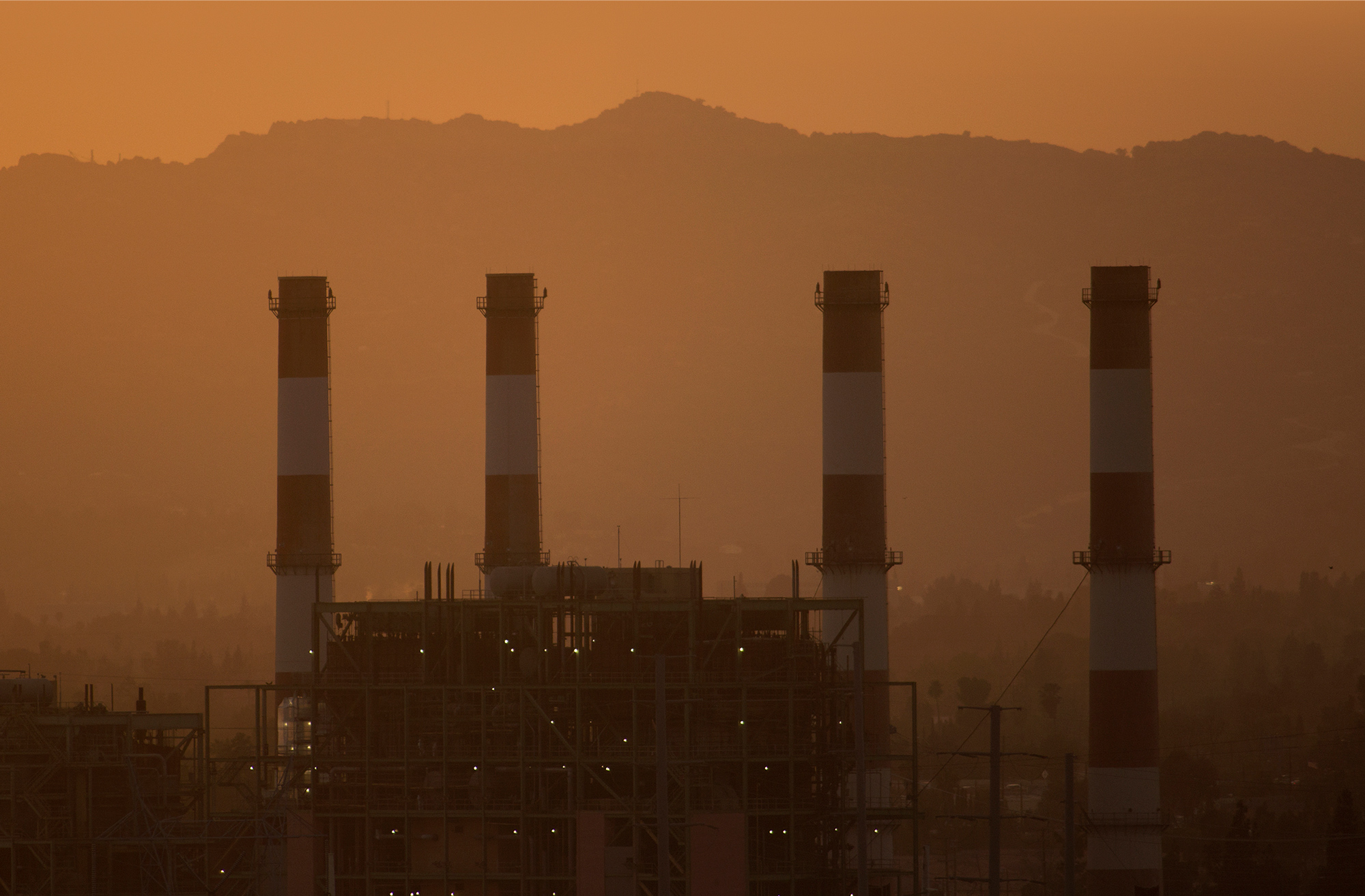Sucking Up CO2 Will Cost Hundreds of Trillions

Start saving your money, kids.
Unless we start cutting carbon dioxide emissions soon, it’s going to cost today’s young people as much as $535 trillion to clean up the atmosphere by 2100, according to a study published on Tuesday evening. By way of context, that’s around seven times the size of the entire global economy.
In contrast, if the world starts reducing emissions 6 percent a year by 2021, it will only cost $8 to $18.5 trillion to extract enough carbon dioxide to avoid the worst dangers of climate change, or $100 billion per year on the low end.
It isn’t news that lowering greenhouse-gas emissions by switching to clean energy sources will ultimately be far less expensive and risky than any unproven technological means of sucking up carbon dioxide. But the study, led by the well-known climate researcher James Hansen, a professor at the Columbia University Earth Institute, sought hard figures to add scientific weight to a closely watched case in which 21 young plaintiffs have sued the federal government for failing to adequately combat climate change. Earlier this year, a federal judge in Oregon ruled that the case could move forward.
Hansen, who is a plaintiff in that suit, is considered the father of climate research by some, thanks to his early modeling studies as a scientist at NASA and his landmark congressional testimony, which is credited with drawing the first widespread public attention to the issue of global warming.
Still, in some ways the study is more of a thought experiment than a prediction of actual outcomes. Indeed, there are several reasons why it might overestimate eventual costs.
Notably, the first scenario in the study assumes that carbon dioxide emissions will continue to rise by 2 percent per year throughout the century. But there are encouraging signs that they won’t. Global emissions have already been flat for the last three years, according to the International Energy Agency. What’s more, nearly 200 nations signed on to the Paris climate accords, committing to significantly roll back emissions in the coming years—specifically, to 40 percent below 1990 levels by 2030, in the case of the European Union.
In addition, the research found that the first scenario would require extracting more than 1,000 gigatons of carbon dioxide, versus 150 gigatons if we begin cutting emissions in 2021. Of the latter number, about two-thirds could be absorbed from the atmosphere through better agricultural and forestry practices, the study estimates.
The remaining amount in either scenario would have to be dealt with through some form of carbon capture and storage technology, none of which can be done affordably or on a large scale at this point (see “The Dubious Promise of Bioenergy Plus Carbon Capture”).
The rub here is that it’s extraordinarily difficult to accurately estimate the price of a technology that hasn’t been fully developed, particularly decades into the future. The study leaned on earlier cost estimates from a 2016 study in Nature Climate Change.
“We cannot rule out possible future reduction in CO2 extraction costs,” the report acknowledges, “but given the energy requirements for removal and the already optimistic lower limit on our estimate, we do not speculate further about potential cost reduction.”
In any case, there’s little doubt it’ll be a lot more expensive than shifting to clean energy technologies for the foreseeable future. And at least for the next few decades, deploying technologies to capture carbon dioxide from the sky really only makes sense if they end up being cheaper or cleaner than lowering emissions, says David Keith, a climate scientist at Harvard. “Until net emissions are zero, a ton extracted [has the] same climate benefit as a ton not emitted,” he said in an e-mail.
One reason for the exceptionally high costs found by Hansen and his colleagues is that the study isn’t simply estimating the cost of preventing global temperatures from rising to 2 °C above preindustrial levels, the standard threshold most climate-focused policymakers are now hoping for and the stated goal of the Paris deal. Instead, the study estimates the amount of carbon dioxide extraction that would be required to reduce atmospheric levels of the greenhouse gas from today’s 400 parts per million to 350. That would help stabilize global average temperatures, which climbed as high as 1.3 °C above preindustrial levels last year, at around 1 °C above those levels toward the end of the century, according to the paper.
Hansen has repeatedly warned that 2 °C is not a safe threshold. And Michael Prather, a coauthor of the paper and professor of earth system science at the University of California, Irvine, notes that the estimated costs are higher than earlier ones because the study explores how to keep warming below 1.5 °C. But in an e-mail, he said the research represents “a ‘best estimate’ of the cost of delaying decarbonization of our society.”
Keep Reading
Most Popular
Large language models can do jaw-dropping things. But nobody knows exactly why.
And that's a problem. Figuring it out is one of the biggest scientific puzzles of our time and a crucial step towards controlling more powerful future models.
How scientists traced a mysterious covid case back to six toilets
When wastewater surveillance turns into a hunt for a single infected individual, the ethics get tricky.
The problem with plug-in hybrids? Their drivers.
Plug-in hybrids are often sold as a transition to EVs, but new data from Europe shows we’re still underestimating the emissions they produce.
Stay connected
Get the latest updates from
MIT Technology Review
Discover special offers, top stories, upcoming events, and more.